Finishing the edges of a table
MariposaTraicionera
13 years ago
Related Stories
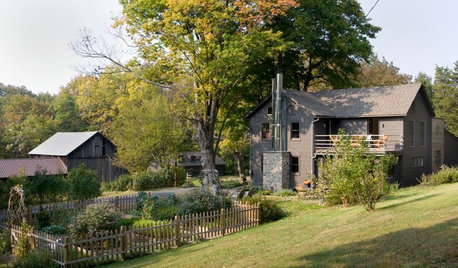
ECLECTIC HOMESHouzz Tour: Farmhouse Retreat With a Sophisticated Edge
Humor is part of the mix in a Pennsylvania weekend house decorated with antiques, art and repurposed vintage farm items
Full Story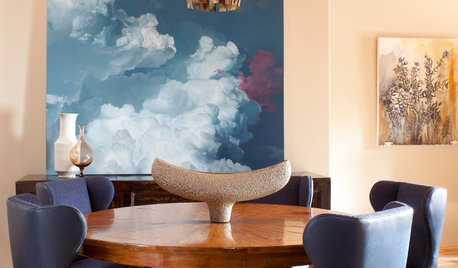
LOFTSHouzz Tour: Asian Elegance With an Industrial Edge
Once a grocery warehouse, this Denver loft is now stocked with a mix of dramatic, raw and refined pieces
Full Story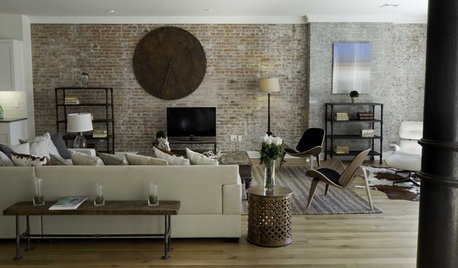
DECORATING GUIDESGet Your Edge On: 11 Ideas for Style in the Fast Lane
Show off your personality and give your design a surprising twist with one of these slightly edgier touches
Full Story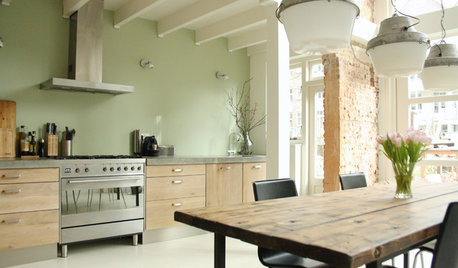
HOUZZ TOURSMy Houzz: Industrial-Edged Chic in Rotterdam
DIY efforts and unplanned aesthetics with happy results create a gorgeous home for a Dutch couple
Full Story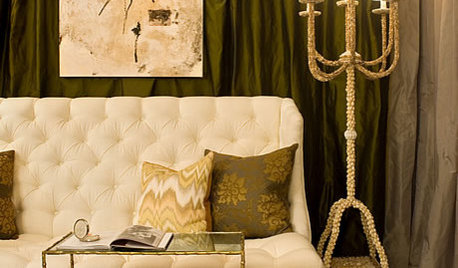
DECORATING GUIDESAdd a Metallic Edge with Nailhead Trim
See what a line of studs or nailheads can do to upholstery, wood furniture, doors and more
Full Story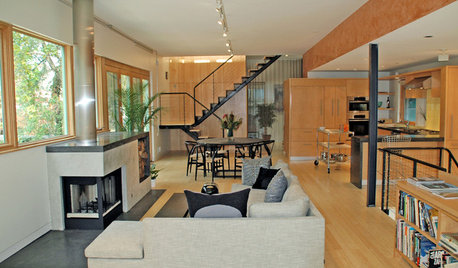
HOUZZ TOURSMy Houzz: Industrial-Edged Comfort in Pittsburgh
Copper, cantilevers and a cat named Mr. Martin come together in this contemporary homage to regional style
Full Story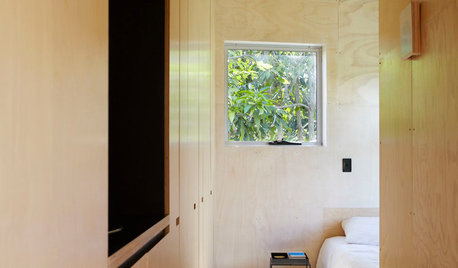
WOODDesign Workshop: Plywood as Finish
Trendproof your interior with this sensible guide to using this utilitarian material indoors
Full Story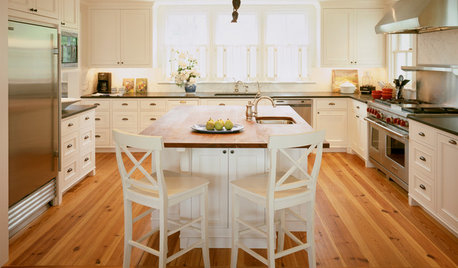
KITCHEN DESIGN3 Steps to Choosing Kitchen Finishes Wisely
Lost your way in the field of options for countertop and cabinet finishes? This advice will put your kitchen renovation back on track
Full Story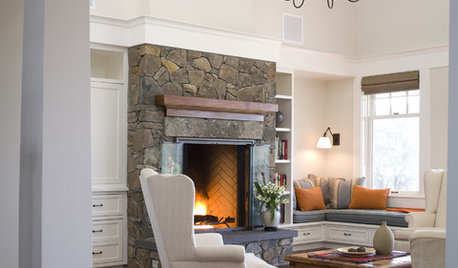
FURNITUREHow to Mix Wood Furniture Finishes
Furniture doesn't need to match to look good; add character and charm to your home with mismatched — but complementary — tones
Full Story





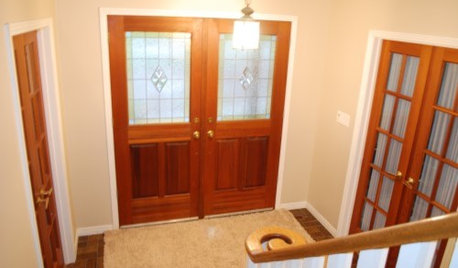




someone2010
brickeyee
Related Professionals
Christiansburg Cabinets & Cabinetry · Holt Cabinets & Cabinetry · Palos Verdes Estates Cabinets & Cabinetry · Cape Coral Carpenters · Idaho Carpenters · Tucson Carpenters · Windsor Carpenters · Ballwin Flooring Contractors · Bethpage Flooring Contractors · Inver Grove Heights Flooring Contractors · Kingston Flooring Contractors · Orange Flooring Contractors · Newnan Furniture & Accessories · Wichita Furniture & Accessories · Carlsbad Furniture & Accessoriesbobismyuncle
johnnyrazbrix
johnorange
greencleaning